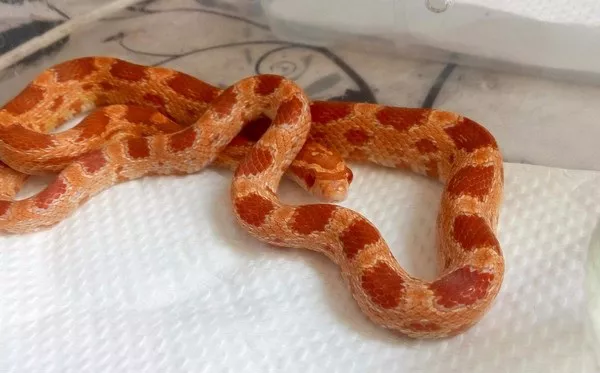Ball pythons are a popular species of snake that are commonly kept as pets due to their calm temperament and ease of care. In addition to providing proper housing and environmental conditions, it is important to establish a feeding schedule to ensure the health and wellbeing of your ball python. In this article, we will discuss how often you should feed a ball python.
Feeding Frequency
Ball pythons are known for their slow metabolism and can go for extended periods without eating. As a general rule, adult ball pythons should be fed once every 7-10 days, while juveniles may require more frequent feedings of once every 5-7 days.
It is important to take into account the individual needs of your ball python when establishing a feeding schedule. Factors such as age, weight, and activity level can all influence how often your snake needs to be fed.
Feeding Size
The size of the prey offered to your ball python should also be considered when establishing a feeding schedule. As a general rule, the prey should be no larger than the widest part of the snake’s body. Feeding prey that is too large can cause your snake to regurgitate or become impacted, both of which can be harmful to their health.
It is also important to consider the nutritional content of the prey offered to your ball python. Prey items should be appropriately sized and species-appropriate, with rodents being the most common prey item for captive ball pythons. Frozen-thawed prey is recommended over live prey, as it poses less risk of injury to your snake and reduces the risk of disease transmission.
Feeding Behavior
It is important to monitor your ball python’s feeding behavior to ensure that they are eating properly. If your snake refuses multiple meals in a row or loses significant weight, it may be a sign of an underlying health issue.
It is also important to allow your snake time to digest their meal before handling them. Handling immediately after feeding can cause regurgitation or digestive issues.
In conclusion, feeding a ball python once every 7-10 days is generally sufficient for adults, while juveniles may require more frequent feedings. Prey size and nutritional content should be considered when establishing a feeding schedule, and feeding behavior should be monitored to ensure proper health and wellbeing. With proper feeding and care, ball pythons can make wonderful pets.

























